Creating a compelling video game character is at the heart of many unforgettable gaming experiences. Whether it’s a larger-than-life hero, a quirky sidekick, or even a sinister villain, a well-designed character can draw players deeper into the game world and make their journey more immersive.
But how to make a good video game character? In this guide, we’ll dive into the essential elements that contribute to crafting memorable and engaging video game characters.
Read as well: What was the first video game console?
What makes a good video game character?
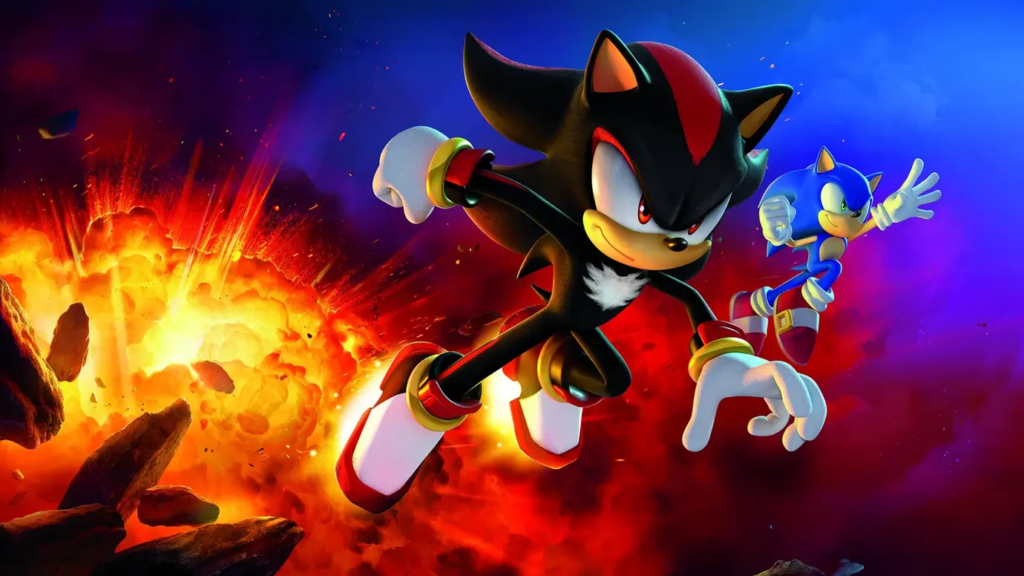
Of course, before diving into the process of making a good video game character, it’s important to understand what makes a character stand out. Good video game characters often share key traits that make them resonate with players.
First, they are distinctive and recognizable. Whether through appearance, voice, or personality, the best characters leave a lasting impression. A great example is Mario from Nintendo’s Super Mario series. With his red hat, mustache, and overalls, Mario is instantly recognizable, even to people who have never played a video game.
Second, good characters are relatable or evoke strong emotions. Players tend to form a connection with characters who have clear motivations and emotional depth. Whether it’s the personal journey of a character like Joel from The Last of Us or the resilience of Lara Croft in the Tomb Raider series, characters that elicit empathy are often more memorable.
Lastly, a good character is well-integrated into the game’s story and mechanics. They don’t just exist in the narrative—they are a key part of the gameplay experience. This integration of character traits with game mechanics is what makes players feel that they’re not just watching a story but participating in it.

How important is a good video game character for the game?
Understanding how to make a good video game character is crucial because of the significant impact that character design has on the game’s overall success. A well-crafted character can become the face of the franchise, driving both gameplay and marketing.
Characters often serve as the player’s gateway into the world of the game. When characters are intriguing, players feel motivated to continue exploring the world, unraveling the story, and interacting with the environment. For instance, characters like Kratos from God of War or Ellie from The Last of Us have become iconic, not just because of their games’ mechanics, but due to the depth and development of their personalities.
Moreover, a good video game character can enhance the game’s longevity. Players return to games because they feel connected to the characters. Take The Witcher series—players are drawn not only by the game’s vast world but also by Geralt of Rivia’s deep backstory and personality. The bond players form with these characters can drive replay value and make the game an unforgettable experience.
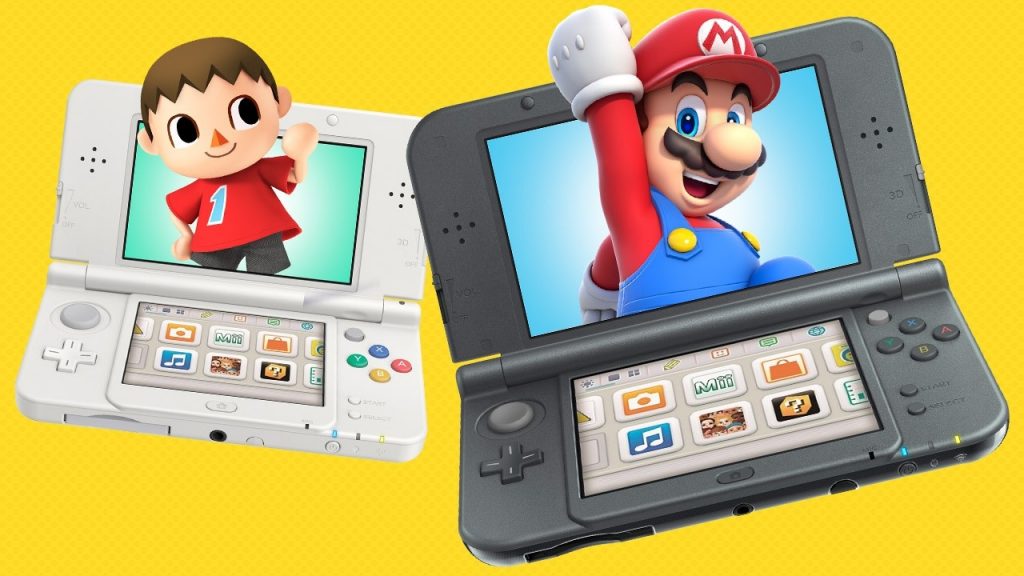
How to make a good video game character
Now that we’ve explored why characters matter and what makes them compelling, let’s break down the step-by-step process of creating a compelling video game character. This process involves several layers of design, from the character’s appearance to their gameplay mechanics and personal backstory.
Character design: crafting a visually appealing character
One of the first aspects to address here is visual design. A character’s appearance is the first thing players notice, and it can leave a strong impression. It’s essential to craft a look that stands out, especially in a crowded gaming market.
Distinctiveness is key. Think about characters like Sonic the Hedgehog or Master Chief from Halo. Their silhouettes alone are enough to identify them. Using bold colors, unique outfits, or specific physical traits can help make a character visually memorable.
Color psychology also plays a role in character design. Colors can evoke emotions or convey a character’s personality. For instance, red is often associated with intensity or danger, while blue may convey calmness or intelligence. Consider how color choices in characters like Mario (red) and Sonic (blue) tie into their personalities and roles within their games.
Finally, animation and movement contribute significantly to how a character is perceived. The way a character walks, jumps, or attacks can reflect their personality and set the tone for how players interact with them. For example, the fluid and agile movements of characters like Spider-Man in the Spider-Man games showcase their athleticism, while the heavier, more deliberate movements of Kratos reflect his strength and experience.

Character backstory: giving your character depth and dimension
The second crucial element of making a good video game character is developing a strong backstory. A well-crafted backstory adds depth and allows players to connect emotionally with the character.
A character’s backstory should explain their motivations and why they act the way they do. For example, consider Link from The Legend of Zelda series. While he often remains silent, his quest to save Princess Zelda and protect the kingdom of Hyrule gives him a clear purpose and makes him relatable.
Creating a relatable character arc also deepens the player’s connection. Characters who face challenges and grow throughout the story are often more engaging. Take Mario, for instance—while he may not undergo profound emotional changes, his consistent quest to rescue Princess Peach resonates with players, keeping them invested in his journey.
Character motivations should also tie into gameplay. For instance, Lara Croft’s motivation to discover ancient relics isn’t just a plot point—it drives the player’s actions throughout the Tomb Raider series, from puzzle-solving to platforming. Her backstory as an archaeologist is reflected in her gameplay mechanics, blending narrative with interactive experiences.
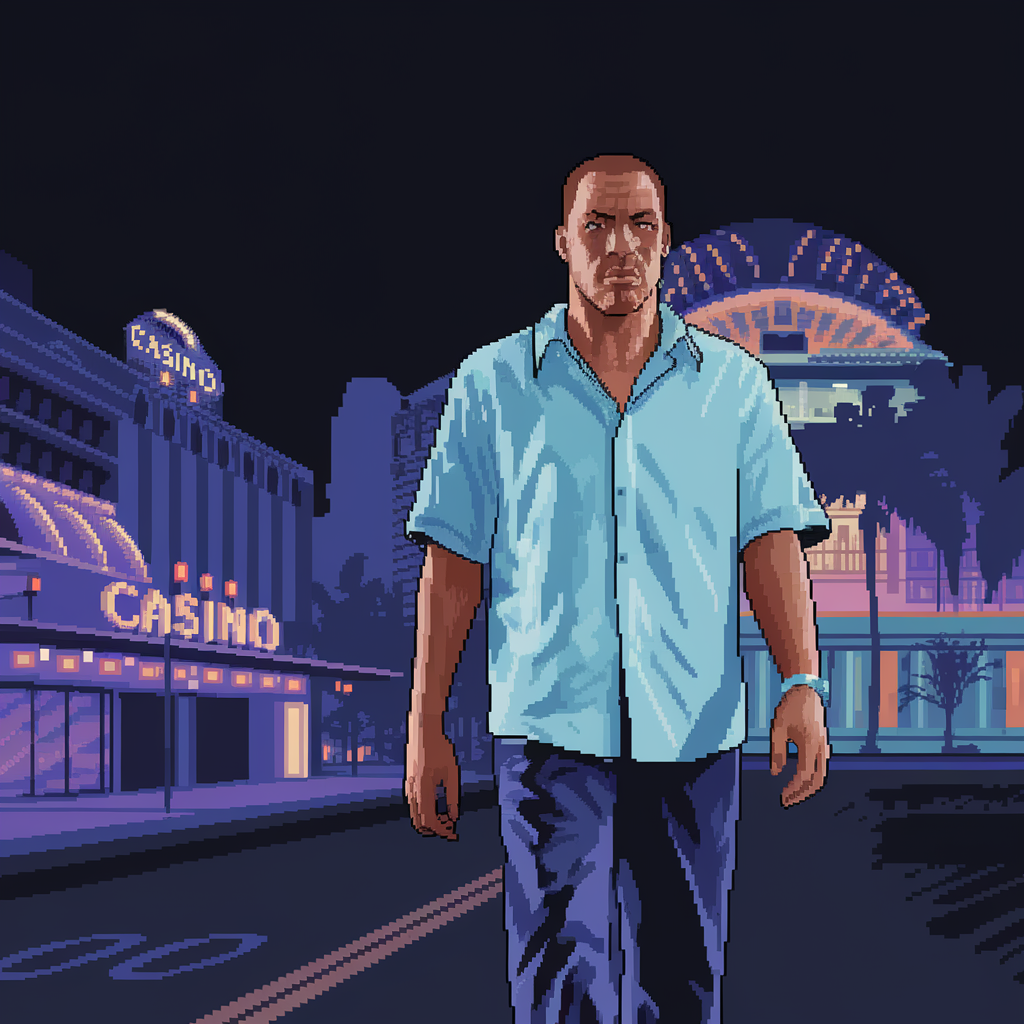
Character gameplay: making your character fun to play
The next step to making a good video game character is ensuring that the character is enjoyable to control. This involves balancing character abilities with the overall game mechanics.
The abilities of a character should feel integral to the gameplay. For example, in The Witcher 3, Geralt of Rivia’s swordplay and magic abilities are central to the game’s combat mechanics, making players feel like they are truly controlling a master witcher. The powers and skills should be designed in a way that complements the game’s environment and objectives.
Balancing power and limitations is crucial. A character that is too overpowered may become boring, while a character with too many limitations can frustrate players. Consider the balance found in characters like Lara Croft, who is resourceful and strong, but still vulnerable. This balance adds tension to the gameplay and keeps players engaged.
Another important element is player agency. A good character design allows players to make meaningful choices. Games like Mass Effect offer players the ability to shape Commander Shepard’s personality and moral decisions, which in turn affects the story. The more control players have over a character’s development, the more invested they become.
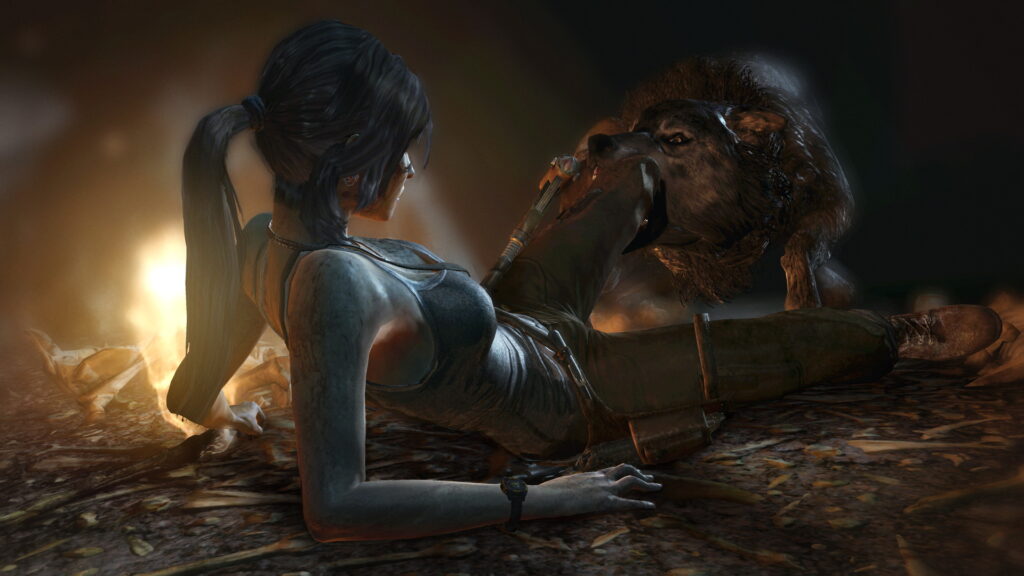
Character development: evolving your character over time
Finally, making a good video game character involves thinking about character development throughout the game. Characters that grow and evolve over time are more compelling, and they can make the game experience richer for the player.
One effective way to introduce character development is through leveling systems or skill trees. This allows players to improve their characters’ abilities over time, giving them a sense of progression. For example, in Horizon Zero Dawn, Aloy’s skills evolve as the game progresses, allowing players to tailor her abilities to their play style.
Player choices can also shape character development. In Mass Effect, the choices Commander Shepard makes throughout the game directly impact their development, from their relationships with other characters to the game’s overall narrative arc. This level of interactivity gives players a sense of ownership over the character’s journey.
Character development doesn’t have to be limited to RPGs. Even action-adventure games like The Last of Us use character progression to great effect. Watching Ellie grow from a vulnerable young girl into a capable survivor adds emotional depth to the gameplay.
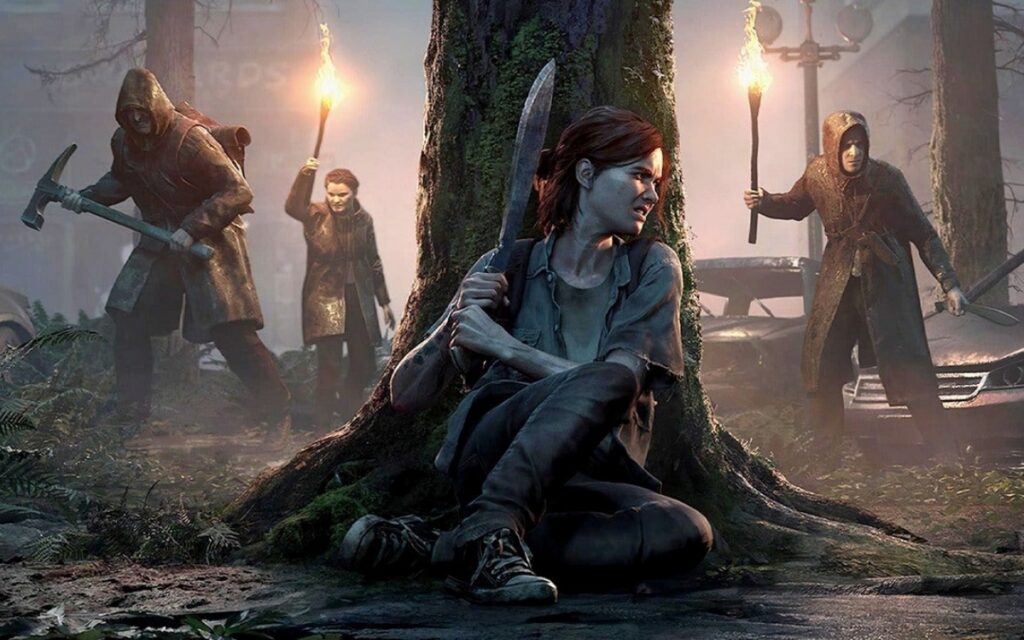
Conclusion
In summary, learning how to make a good video game character involves a mix of visual design, backstory, gameplay integration, and character development. Crafting a visually appealing character, giving them depth through a well-thought-out backstory, and ensuring they are fun to play are all crucial elements in this process. By focusing on these areas, you can create a character that resonates with players and becomes an integral part of the gaming experience.
If you’re looking to create the next iconic video game character, partnering with us at Main Leaf can help bring your vision to life. With the right collaboration, your character could be the next big hit in the video game industry – so don’t hesitate to get in touch with our team right now!

